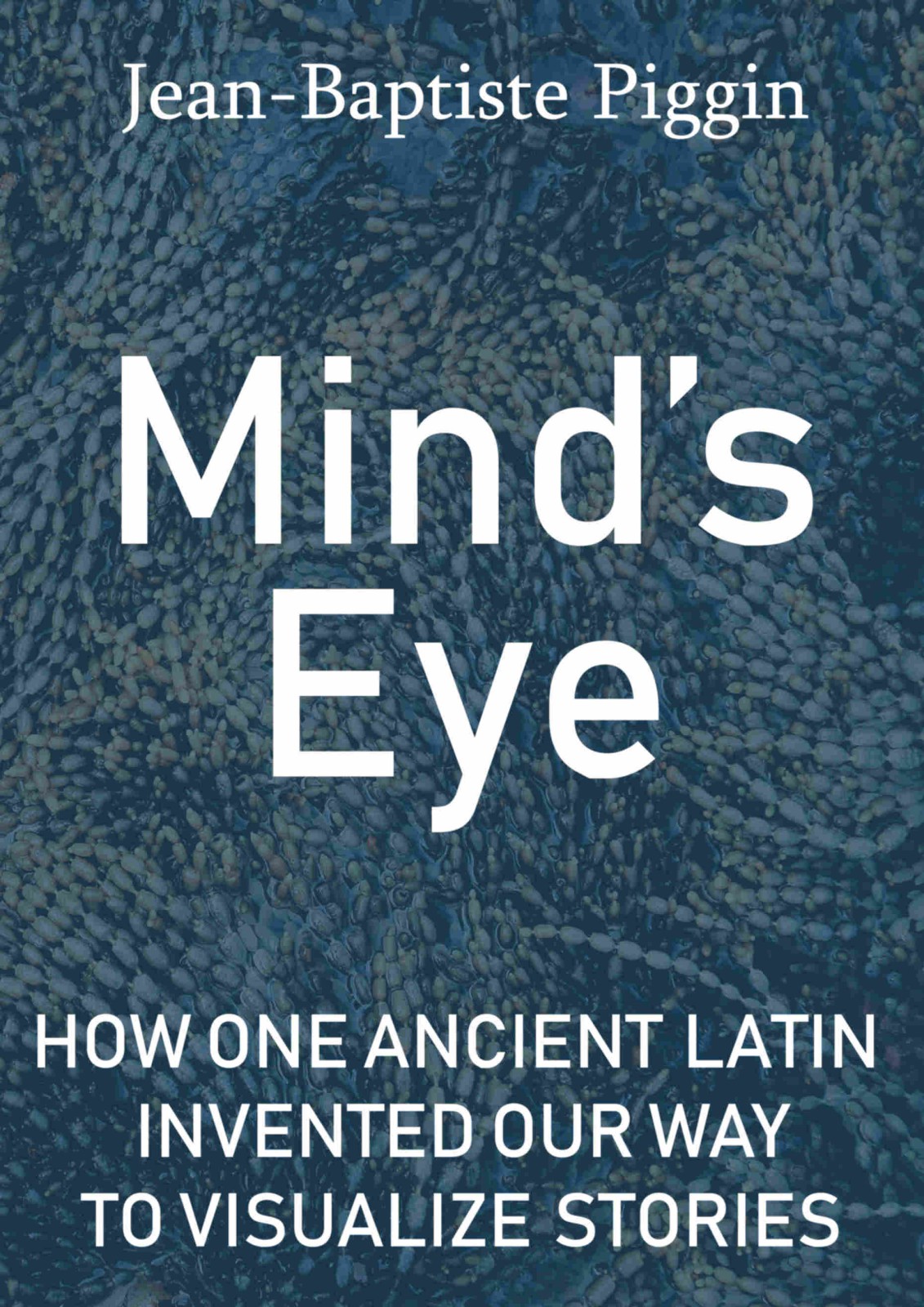The Florence copy of the Great Stemma appears in a codex which seems to be an idiosyncratic scrapbook containing snatches of ancient things. I described in an
earlier post how Michael Gorman reconstructed its putative source, a library book at Monte Amiata that doubtless had as its title work the
Etymologiae, a copious dictionary of legal, religious and other terms by Isidore of Seville, the seventh-century Spanish bishop.
A good many blank pages had evidently been left free at the end of the Monte Amiata copy of the dictionary, and a monkish user, perhaps a teacher or an abbot, had used them as a kind of scrapbook, copying into them a personal miscellany of the sort of items often formerly appended to dictionaries: a guide to syllables, vowels and consonants; Bede's alphabetical directory of Latin grammar exceptions; how to study the bible; the list of Lombard kings; brief repetititions from the
Etymologiae; four different chronologies of biblical time; and our diagram.
Seen on its own, each item seems absurdly and wilfully truncated, but if one assumes that its learned user only copied what he really needed - the things he could not easily remember - this begins to make sense. The items belong to a class of things that in my student days I would have photocopied and kept on a window-sill, and that I might now scan and tuck into a miscellaneous folder on my computer.
The book by Junilius, for example, is a collection of thoughts about bible education written in 551 CE and seemingly aimed at a teaching audience. It was published and comprehensively discussed by Kihn (link below to archive.org). John F. Collins prepared a 20th century introduction and English translation, now on James O'Donnell's
Cassidorus website.
Other items in this anthology are intended handbook-style for the classroom or self-study.
An illuminating dissertation by Carin Ruff translates sample sections of Bede's
De Orthographia and stresses that it was mainly written to instruct the intermediate student of Latin in the many exceptions of usage and declension in Latin grammar. It is in alphabetical order of keywords. It sets out for example verbs that take the dative. A sample:
Noceo, obsum, incommodo, maleficio, officio, in una significatione ponuntur, quod graece dicitur βλάπτω, et cuncta datiuum casum trahunt. (Noceo, obsum, incommodo, maleficio, officio, are used in one sense (“hinder”), which in Greek is βλάπτω, and they all take the dative case. Translation by Ruff.)
You can read this on the 10th line of the left column of
folio 12v of the Florence manuscript Plutei 20.54 (the scribe seems to have got the Greek wrong). Ruff quotes a suggestion that the intended audience for Bede's manual was "the less-experienced copyist or glossator who might 'be dissuaded from making a rash emendation' if he could find an apparently anomalous reading discussed in a readily accessible manual."
The inclusion of four or more contradictory chronologies should not suggest the book's owner had a burning interest in chronography or in resolving the differences among them. Quite the opposite: he clearly wanted something comprehensive which he could look up when he came across a seeming error in a book, resolve quickly whether the anomaly had a genuine source or was merely a "typo" and then move on. He seems to have regarded the
Liber Genealogus as a handy quick guide to biblical names and the Great Stemma doubtless served for him a similar purpose.
I deliberately term the
Etymologiae here a dictionary, although it is conventionally termed an encyclopaedia, because our modern conception is that an encylopaedia should summarize scientific and scholarly knowledge whereas a dictionary is mainly an aid to finding and correctly spelling the words with which we write about such things. The Monte Amiata handbook must have been much more the second of these things, and it occurs to me that I had just such a book when I was a school pupil and student:
Pears Cyclopaedia.
When I first began working as an editor at dpa in the 1980s, the newsroom had no ready references and I arranged for the purchase of a Pears and a
Quid. Both had their heyday before the internet and were useful to editors and proofreaders who faced all sorts of unexpected dilemmas over correcting texts and needed this kind of omnibus collection of seemingly useless facts. The cyclopaedia, which is subtitled "A Book of Background Information for Reference for Everyday Use" and was conceived in the medieval spirit as something in between a modern encycylopaedia and a handbook, begins with a chronicle of events from the formation of the Earth.
The appendices to the Monte Amiata copy of the dictionary were probably accumulated with a similar intent: not to transport the texts themselves (which are only excerpted and are largely offered without the necessary metadata such as author's names) but simply to have key facts close to hand. It is interesting that not even a very erudite later owner of Plutei 20.54, Coluccio Salutati, seems to have realized that the handlist of Latin exceptions was a work of Bede, although Coluccio was familiar with Bede's church history. Coluccio began writing out the headwords of the alphabetical list, but only got as far as C and never finished. He never attached the author's name to the list, and his own Latin doubtless became solid enough that he no longer needed such an intermediate-level reference for himself.
Kihn, Heinrich.
Theodor von Mopsuestia und Junilius Africanus als Exegeten : nebst einer kritischen Textausgabe von des letzteren Instituta regularia divinae legis. Freiburg: Herder, 1880.
Archive.org. Edition and discussion of a work found near the Great Stemma in a codex in Florence.
Ruff, Carin. ‘The Hidden Curriculum: Syntax in Anglo-Saxon Latin Teaching’. University of Toronto, 2001. Website. Usefully translates samples from and discusses Bede’s De orthographia. Follow link to dissertation, go to chapter 4, which is a PDF containing Part II, section 2.



